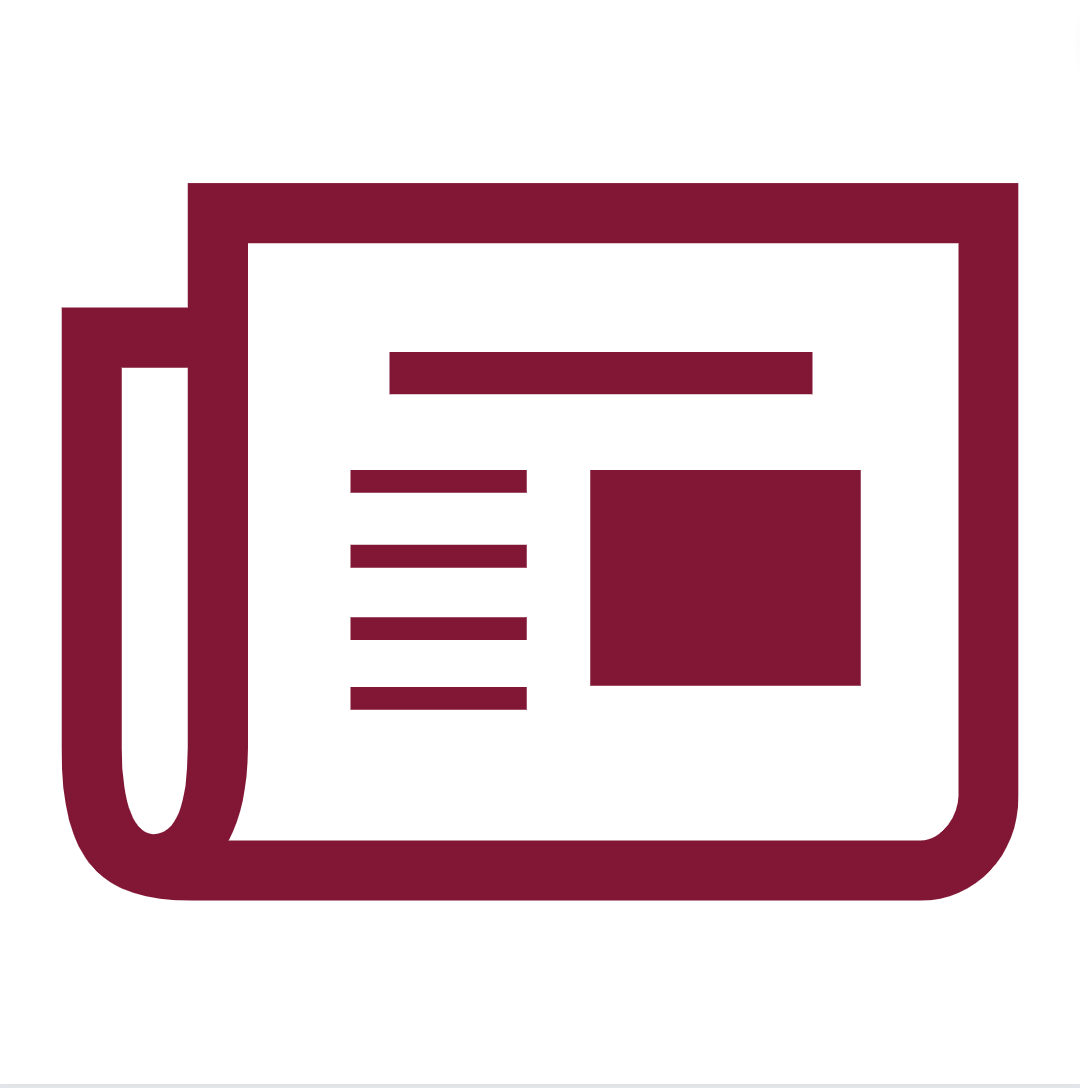Reasonable Expectations and Workload
The Charge
Elevate and alleviate teachers’ daily work, limiting bureaucratic and non-instructional tasks and allowing them to focus on student learning.
RESEARCH FINDINGS:
During the pandemic, teachers taught groups of students in-person and online, facilitated family communication in multiple languages, made visits and deliveries to students’ homes, and took phone calls at all hours around parents’ work schedules.
These efforts often went unnoticed in the broader school community.
Upon the return to classrooms, teachers found themselves with scores of additional roles and responsibilities beyond the exhaustive list from prior to the pandemic.
They were required to clean and disinfect classrooms, maintain public health measures, and provide coverage for sick teachers’ classrooms during breaks, in addition to mediating both in-person and online teaching and finding new ways to teach with distancing protocols.
So much had been added to teachers’ already full plates since the start of the pandemic, to the point that teachers described being burned out with some considering leaving the profession.
New responsibilities have not been accompanied with additional time, compensation, or recognition, and these weighed on the mental health of teachers.
Potential Action Steps:
Initiate a social-media campaign that seeks to showcase educators’ efforts during pandemic-era learning. Tell the stories of the extraordinary efforts to ensure students continued to learn in the toughest of times.
Conduct an audit of non-instructional tasks required of teachers. Determine which tasks can be done by other stakeholders. For those that require teachers, allocate time to complete these tasks in their compensated workday.


